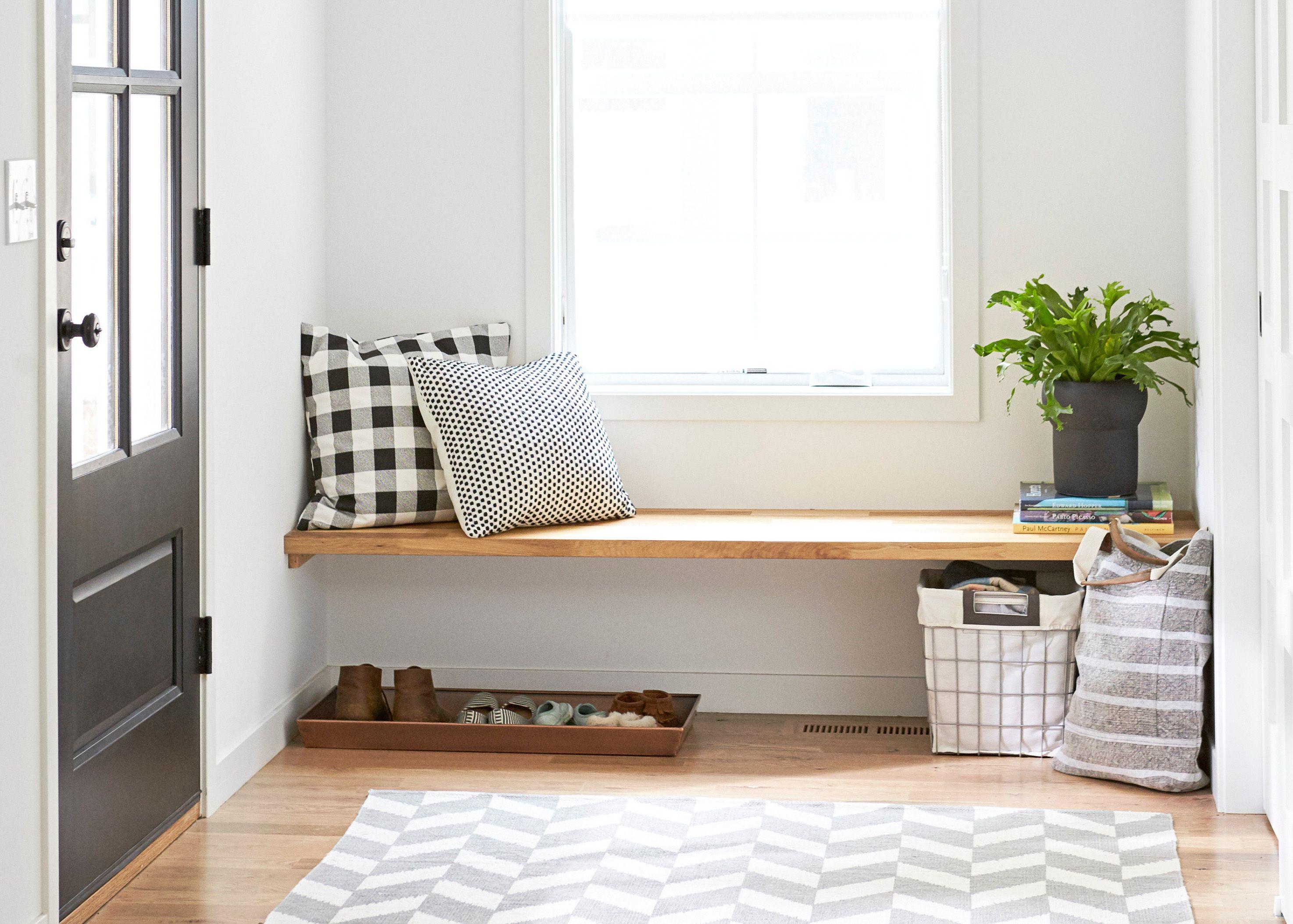Clutter creep starts off innocently enough: a reusable shopping bag left by the front door, a couple unopened packages sitting on the kitchen island, or a sweatshirt draped over a chair. Initially, these items seem harmless, and you tell yourself you’ll deal with them soon. But before you know it, the clutter begins to snowball and can easily get completely out of control.
The problem with clutter creep is that it’s sneaky; It accumulates slowly and quietly, blending into your living space and even leading to junk blindness. The good news is that once you learn to spot it, you can take steps to stop it. Learn how clutter creep happens, and get our best strategies to get ahead of it so you can maintain a tidy home with ease.
What Is Clutter Creep?
At its core, clutter creep is the gradual accumulation of items to the point that they begin to overwhelm a space. For example, the breakfast nook used to be a place where you were once able to sit down as a family and enjoy a lazy weekend brunch. Now? It’s hard to even see the table surface thanks to stacks of mail, school memos, craft supplies, vitamin bottles, and whatever else gets tossed on top. Or, think about your bathroom counter, which was once a minimalistic masterpiece with only the essentials stored on it. Today, it’s cluttered with dozens of skincare products, hair ties, and lip gloss tubes. It doesn’t happen overnight, but eventually it can make the walls feel like they’re closing in.
Clutter creep usually stems from habits such as setting something down temporarily or postponing putting an item away in its rightful home. While you likely have good intentions to come back to them later, the issue is that these things often stay in limbo due to busy schedules, illnesses, or other priorities. And as the clutter grows, so does your stress level. Things are easily misplaced, costing you more time to look for them and, potentially, money to repurchase them. This is why it’s so important to address the problem before it gets out of hand.
Related
How to Combat Clutter Creep
If you’ve noticed that the clutter has started to creep up on you lately, use the following tips to stop it in its tracks.
1. Admit the Clutter Is Accumulating
The first step is always to acknowledge the problem. So if you see clutter accumulating, don’t be afraid to say it. Hold a family meeting about it, especially if everyone in the house contributes to the clutter. Vow collectively to reduce the mess and have each individual identify their personal clutter hot spots. If it helps, walk through them with each other to give a fresh perspective. Everyone will likely realize they have items they’ve been ignoring, and having that awareness is the first step to clearing them.
2. Prioritize Paring Down
Aside from being busy, a common reason things don’t get put away is that you own more stuff than space, and, therefore, nowhere to put them. Once you’ve committed to clearing the clutter, focus your energy initially on letting go. Go through closets, cabinets, and drawers, tossing or donating anything you no longer need or want. This will free up storage space for the stuff that tends to get tossed on surfaces, creating ever-growing clutter piles.
3. Set up Systems
Let’s take this a step further since clutter creep thrives when items don’t have a designated home. Although you might have more space after a successful decluttering session, things will still clutter up surfaces without a clear system. This is especially true for your daily essentials, so try setting up the following:
- An entryway drop zone that consists of a basket or tray and hooks to catch sunglasses, keys, and wallets..
- A morning routine corner in the kitchen that includes a coffee maker, supplements, and whatever else you need to start your day.
- A charging station for phones, smart watches, and earbuds when they’re not in use.
Your organization systems don’t have to be fancy, but they should work with your routine and be easy to maintain.
4. When in Doubt, Contain
Whether it be daily essentials or items you use on occasion, consider containing them all. Containers provide a physical limit to what you can store, which is a pretty solid defense against clutter creep. Once a bin or a basket is full, take it as a sign to declutter. For a category like hanging clothes, refuse the temptation to buy more hangers when all of your existing ones are occupied. Instead, donate pieces you no longer wear. No more space on the shoe rack? Let go of a pair before buying another. Containers and other organizing supplies not only keep things neat and sorted, they also serve as visual cues for when an area is starting to overflow.
5. Reset Throughout the Day
You don’t have to constantly clean to avoid clutter creep, but small, frequent resets can make a big difference. Spend a few minutes when you can spare them - while waiting for water to boil or while on hold with your insurance company - to put stray items away. Use the time to clear off your nightstand, desktop, kitchen island, the ‘clothes chair’, or the couch. The more micro tasks you tackle, the less likely clutter is to creep up.



